Exploring the bacterial communities of polydomous ant colonies
In a recent study, “Bacterial communities associated with a polydomous arboreal ant: inter-nest variation and interaction with the phyllosphere of a tropical tree“, researchers investigated the bacterial communities associated with polydomous ants. By analyzing 16S rRNA gene sequences, they discovered significant differences in the bacterial communities between main and satellite nests within the same ant colony. Additionally, the study compared bacterial communities on tree leaves with and without ant colonies, revealing distinct microbial compositions influenced by the presence of ants. This research highlights the complex interactions between ants and their microbiomes, shedding light on the ecological roles of these insects. Myrmecological News Blog team spoke with the lead author of the paper.
A Photoblog Contribution compiled by Marilia R. Bitar

Edited by Gaurav Agavekar and Salvatore Brunetti
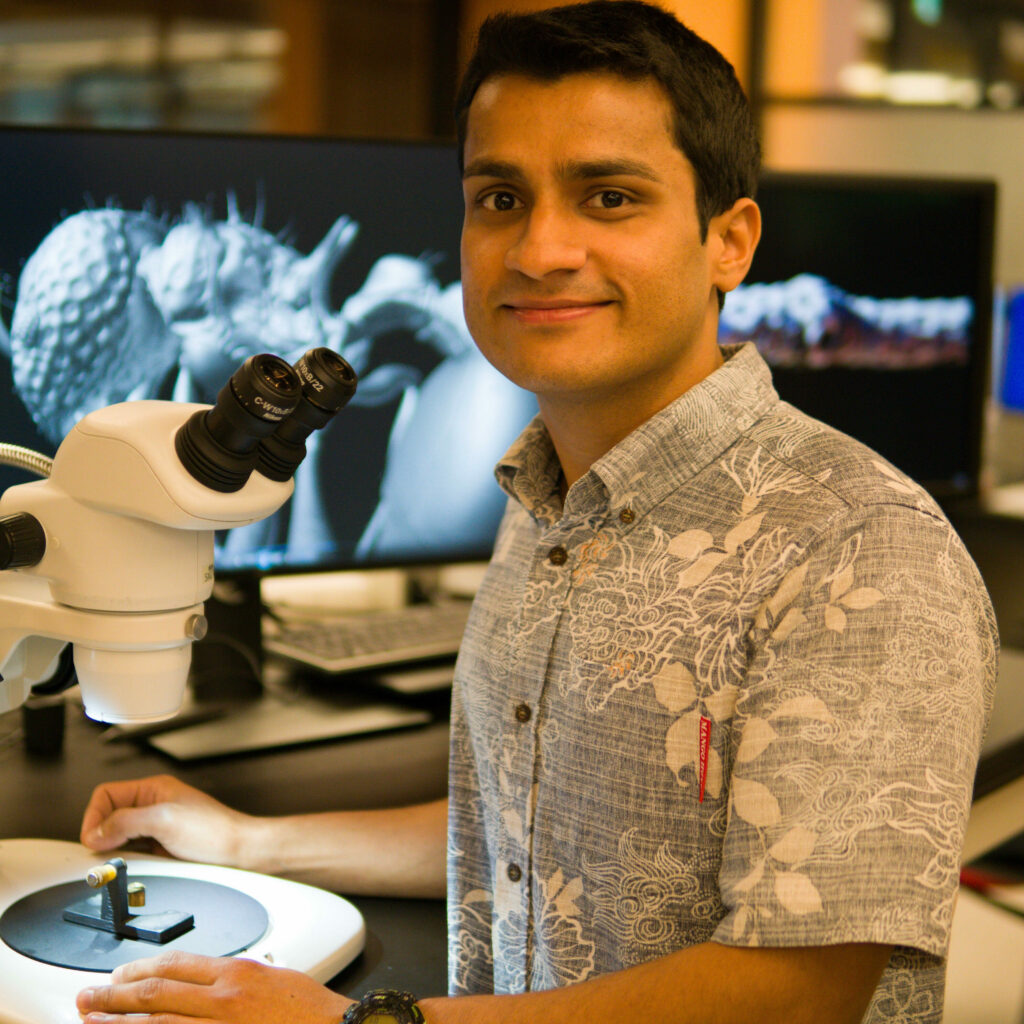


MNB: Could you briefly outline the research “Bacterial communities associated with a polydomous arboreal ant: inter-nest variation and interaction with the phyllosphere of a tropical tree”, that will be published in our journal in layperson’s terms?
MB: Ant-plant mutualisms are well-known in tropical forests. In this study, we investigated a facultative mutualism between the ant Azteca chartifex (Formicinae) and the tree Byrsonima sericea (Malpighiaceae). Azteca chartifex has polydomous colonies, organized with a main nest (the larger nest, where the queen resides) and multiple satellite nests scattered across the branches of the host tree. These ants are dominant in the tropical canopy due their polydomous nesting style and aggressive behavior. Our previous research had confirmed that A. chartifex ants defend Byrsonima sericea trees against herbivores and boost plant reproduction. This interaction system has been studied as part of a Long-Term Ecological Research Program since 2001. In the current study, we wanted to understand if the bacterial communities associated with the ants’ bodies (cuticle) in polydomous colonies interact with the bacterial communities associated on the leaves of the host tree. By using amplicon sequencing of the 16S rRNA gene, we analyzed the bacterial communities of ants from the main and satellite nests and compared them with those on leaves from trees with and without A. chartifex ants. We discovered that ants from main and satellite nests of the same colony have different bacterial communities. Moreover, the diversity and composition of bacterial communities on leaf phyllospheres from ant-colonized and ant-free trees also differ. Our results suggest that ants can decrease bacterial richness and share some bacteria with the leaves they forage on.



MNB: What is the take-home message of your work?
MB: Our research demonstrates that the composition of bacterial communities varies between Azteca chartifex workers from main and satellite nests, with some shared bacterial taxa among colonies from three locations. This finding suggests that the bacterial community on the cuticle of an arboreal dominant ant can influence the bacterial communities of a tropical tree’s phyllosphere in a non-obligatory ant-plant association, particularly regarding the bacterial richness. This highlights the crucial role of associated microbiota in natural mutualistic partnerships, and raises intriguing questions about microbiota variation among workers from different nest units in polydomous ant species, as well as the role of specific bacteria in each nest.
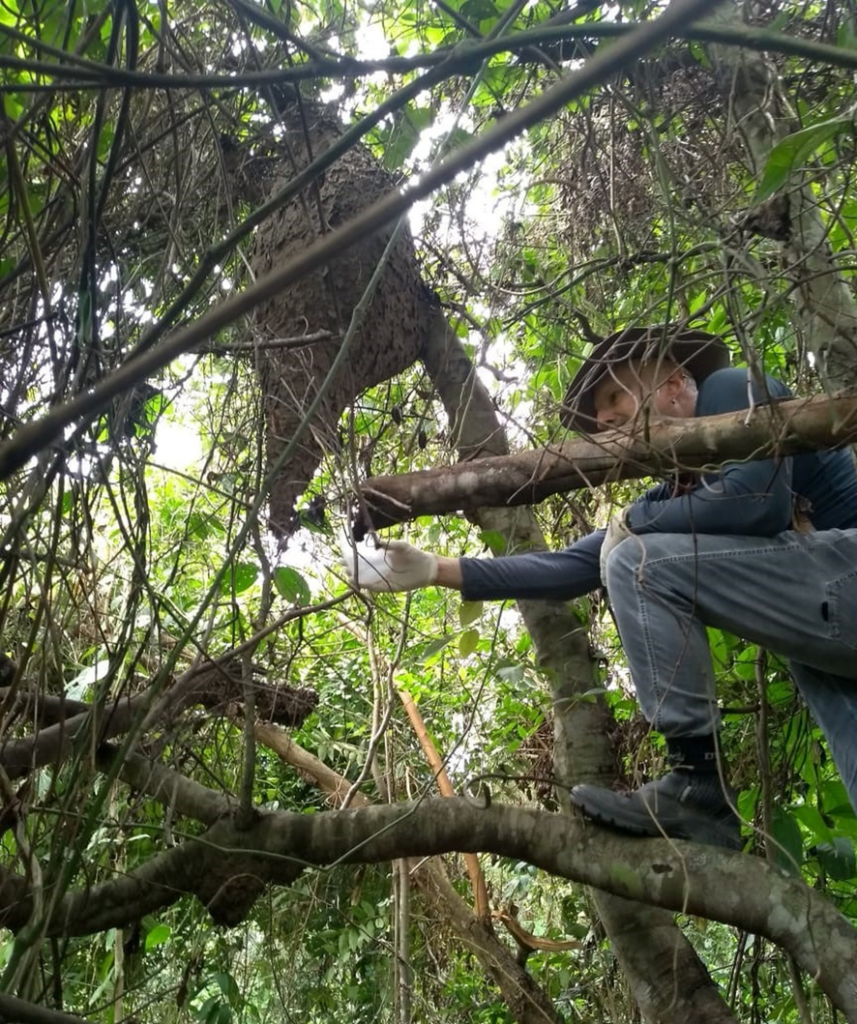



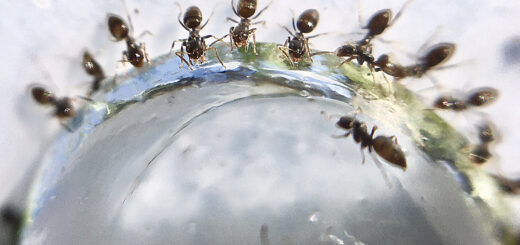
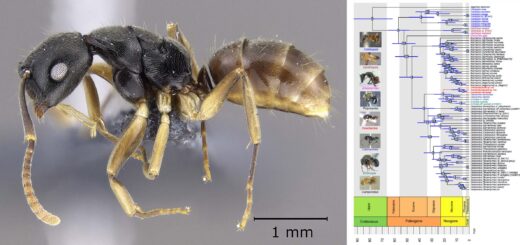
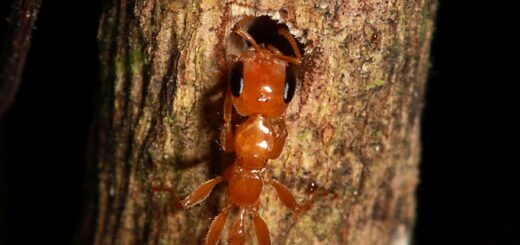
Recent Comments